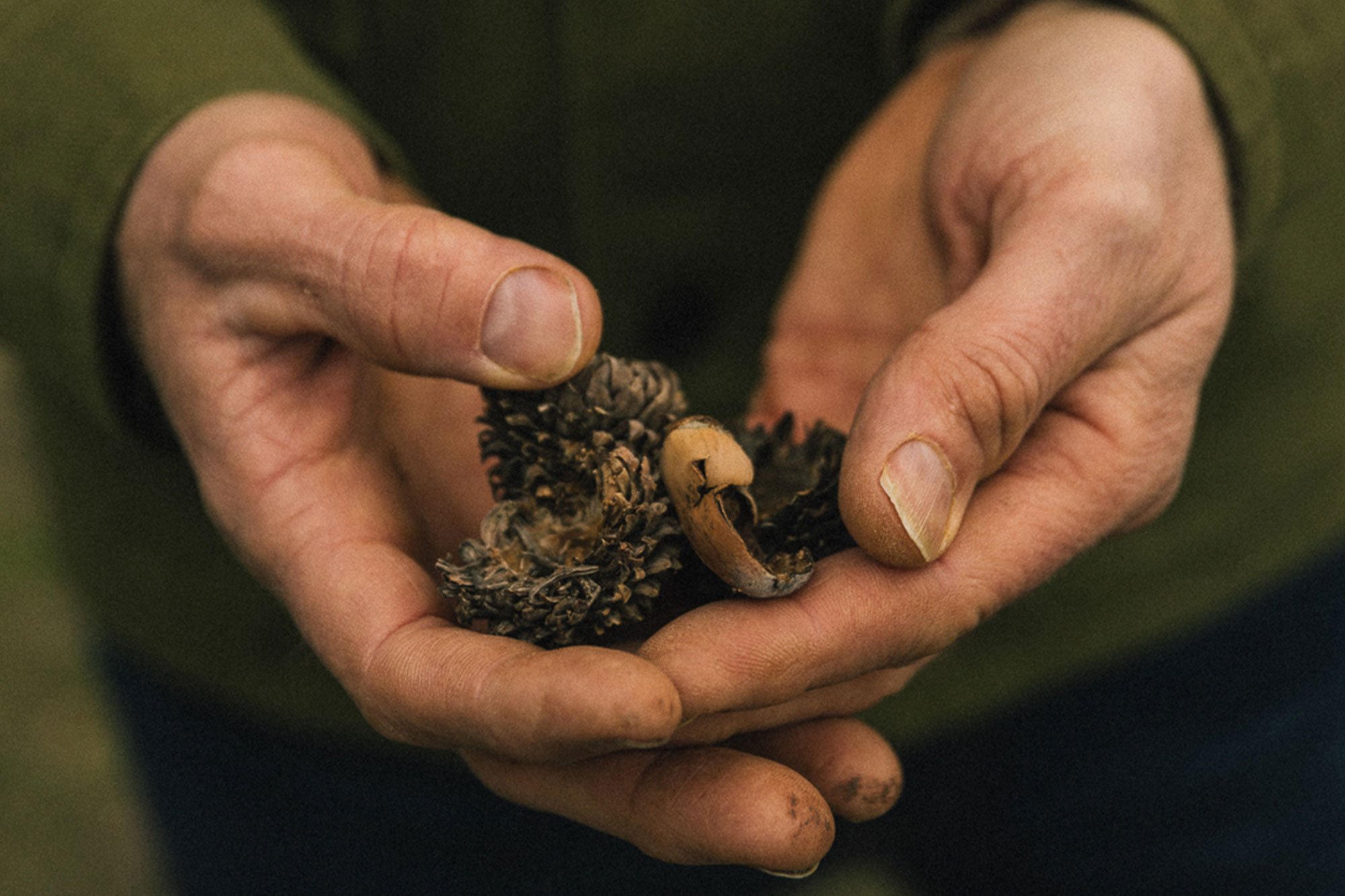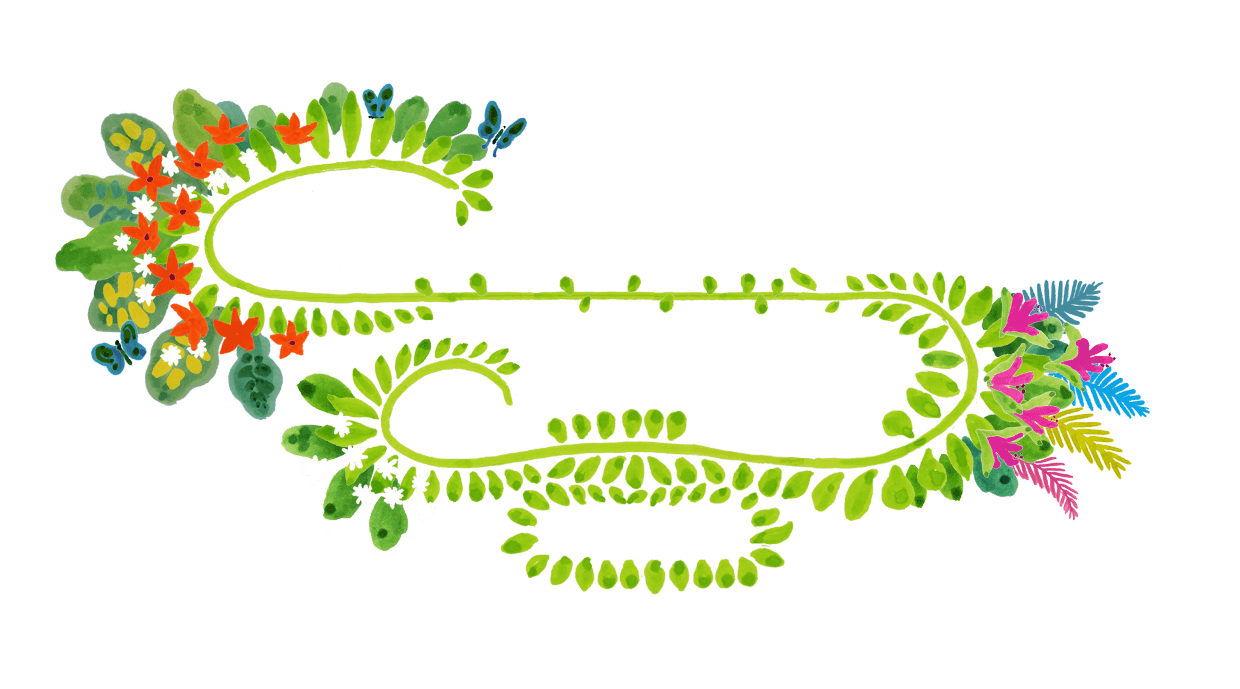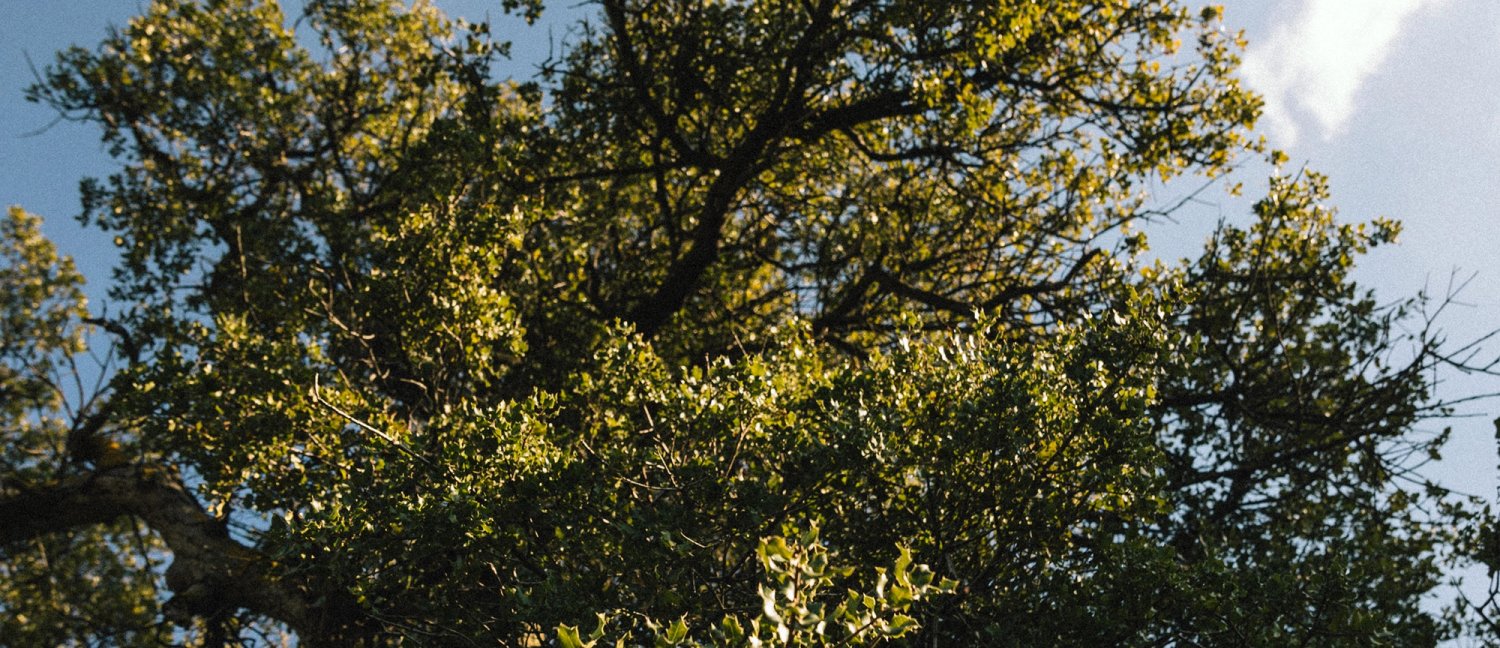
Field Notes
Oak Trees — The kings of biodiversity
Oak trees are known as the kings of biodiversity! They are a living example of the vital link between native trees and balanced localised biodiversity.
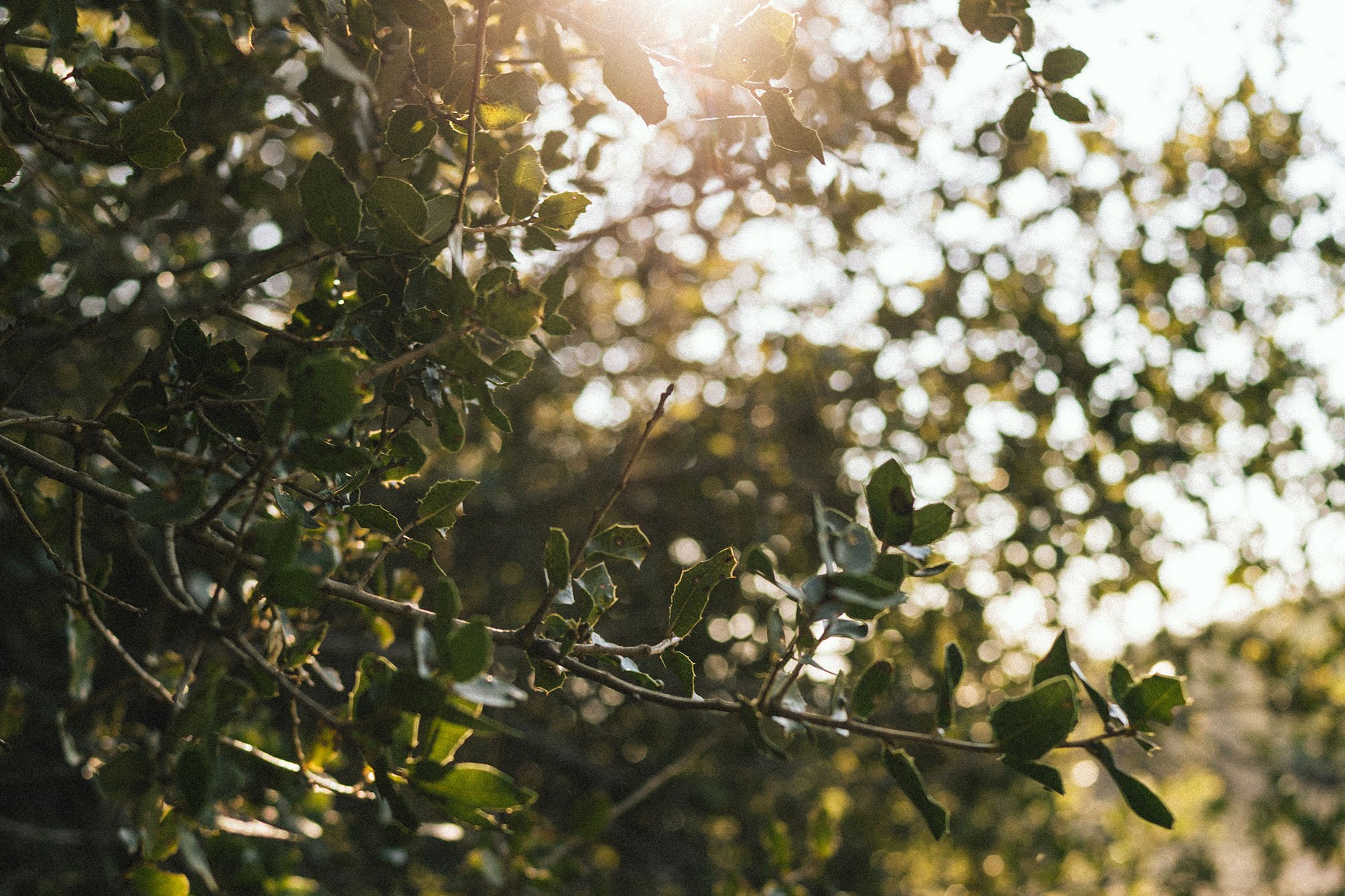
The more ancient an oak becomes, the more life it is able to support. As it moves into the monumental stage the array of cracks and crevices offers a perfect framework for life.
Oaks produce flowers that are eaten by many insects and wildlife such as squirrels, bees and butterflies. The pollen is a favourite of the at risk oak mining bee that feeds almost exclusively on the oak flower pollen.
All parts of the tree support biodiversity - from the tips of the leaves to the bottom of the roots - providing a home for 2,300 species of wildlife including 1,178 invertebrates.
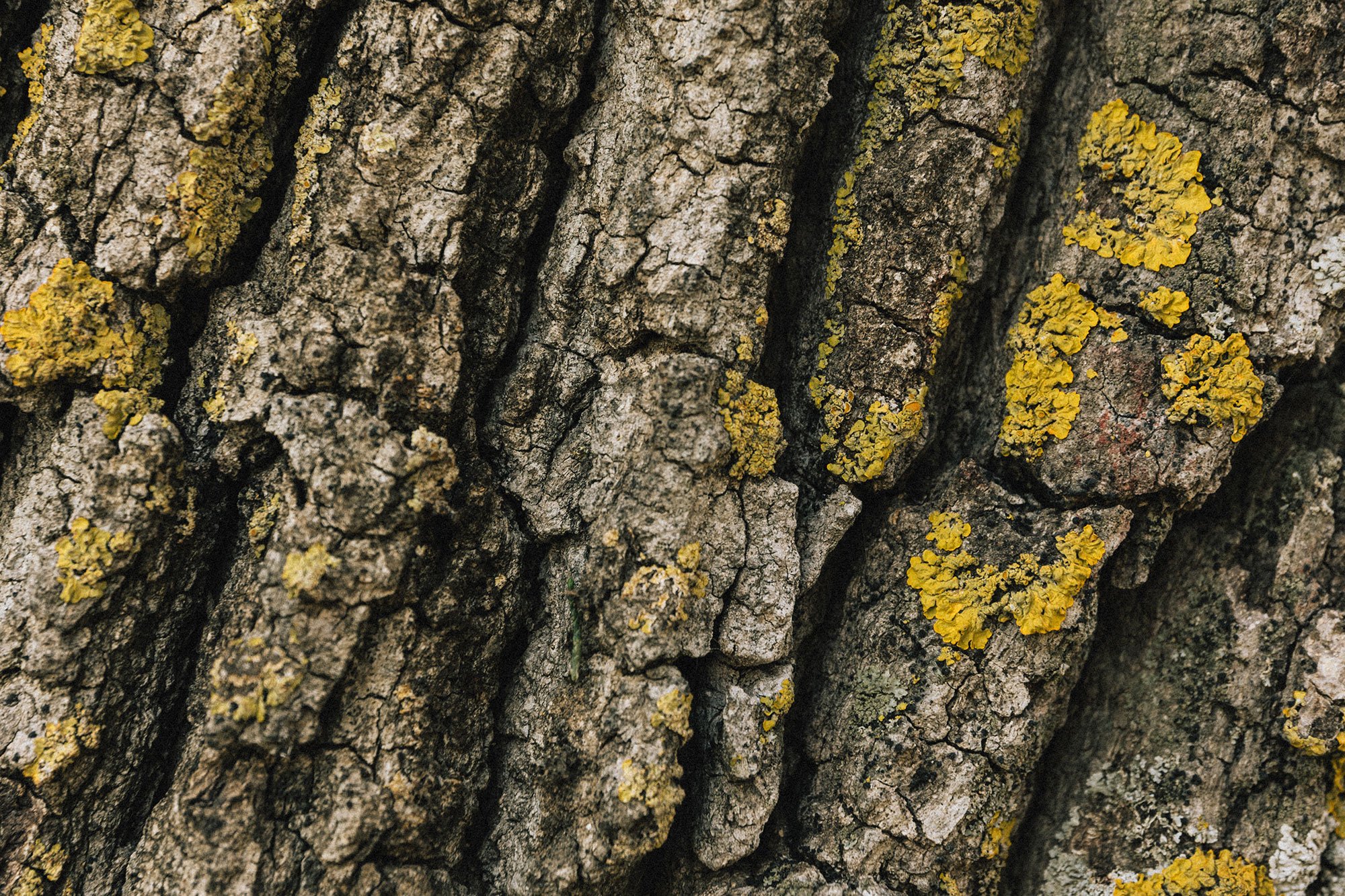
326 species are entirely dependent on the oak alone and another 229 are rarely found on any other type of tree.31 different mammals feed on the tree’s acorns - including deer, badgers, wild boar, wood mice and squirrels. 39 types of bird feed and nest in the oaks - such as the wood warblers, blue and great tits, tree pipits, redstarts and three types of native woodpecker.
Oaks host a huge 716 types of lichen with 12 being endemic. Sometimes the trees have to reach 250 years old (when the bark becomes suitably dry and brittle) - before being suitable for some of the lichen. The oak also supports up to 108 types of fungi of which 57 are entirely dependent on the uniqueness of the tree.
